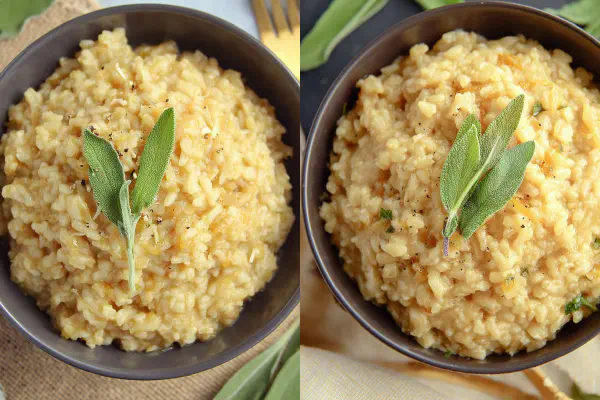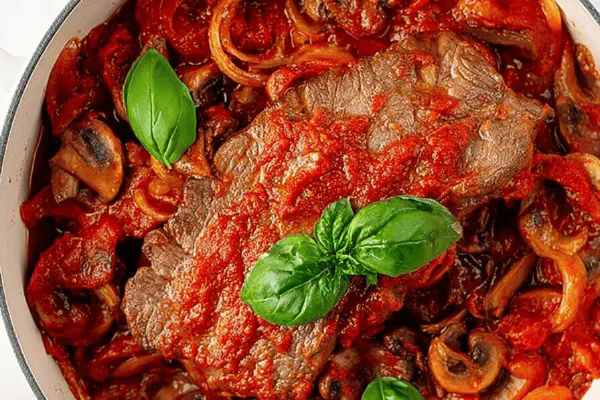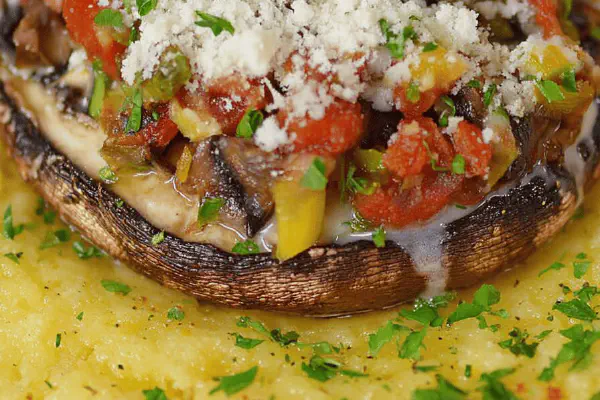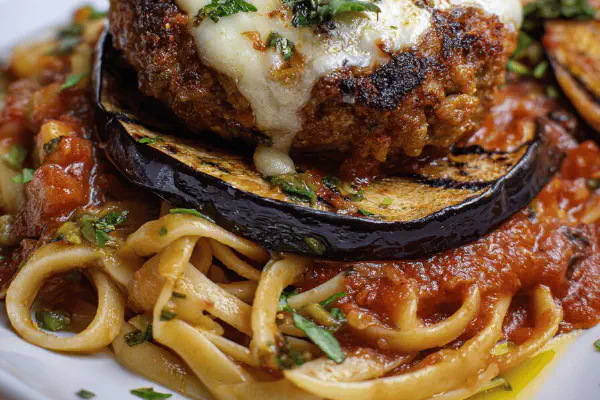Veal Cutlets Parmesan Twist
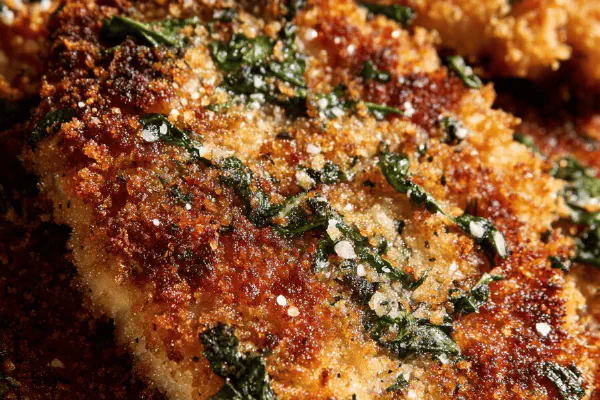
By Emma
Certified Culinary Professional
Ingredients
- 90 ml panko breadcrumbs
- 45 ml grated pecorino romano
- 15 ml fresh oregano chopped
- 1 large free-range egg, lightly beaten
- 4 veal cutlets around 250 g each about 2 cm thick
- 60 ml avocado oil or light olive oil
- Flaky sea salt and freshly ground black pepper
About the ingredients
Method
- Dry the veal cutlets gently with paper towel. This helps crust stick better.
- In a shallow bowl, toss panko, pecorino romano, and chopped oregano to distribute flavors.
- Beat egg in another shallow dish. Don't just stir; whisk it until slightly frothy. Helps adhesion.
- Dip each cutlet in egg fully, let excess drip off a bit but don’t shake too hard or coat thins out.
- Press the cutlet firmly into breadcrumb mixture. Pat and push to build an even crust. Spotty breading means uneven crunch.
- Heat oil in heavy skillet over medium heat. Wait until it shimmers and flows like water around the pan edge before adding.
- Place cutlets gently. No crowding; cook in batches if needed. You want a steady sizzle, not smoky crackle.
- Cook undisturbed for roughly 6-7 minutes for one side. Listen for a crisp crackle, edges will darken to golden brown.
- Flip carefully with a spatula; the crust should release easily. If it sticks, it’s not ready yet.
- Another 6-7 minutes on the other side. Firmness develops, juice pulls back near edge when done.
- Adjust seasoning now with flaky salt and black pepper. Remove to warm plate, tent with foil briefly — juicy rest time.
- Serve immediately, pair with sautéed greens or lemony orzo for bite balance.
- If cutlets too thick, they pucker or steam instead of sear. Use mallet or bottom of pan to flatten slightly beforehand.
Cooking tips
Chef's notes
- 💡 Dry cutlets with paper towel first. Moisture kills crunch. Press crust firmly but no overhandling or coverage thins. Panko needs surface grip. Use mallet on thick pieces to avoid uneven cooking or raw middle. Flatten slightly but keep texture intact. Egg wash must be frothy; helps crumb adhesiveness. Don’t shake cutlets to drip excess—thin spots form. Oil temp crucial: shimmer, ripple—not smoke. Sizzle sound steady, not frantic, means heat right. Flip only when crust releases easily; sticking means wait longer.
- 💡 If gluten-free needed, swap panko for mixed nut meal—almond, cashew powder mix. Higher fat, burns faster, so lower heat. Watch crust color close. Buttermilk tried briefly for sticky coating; lost crunch fast. Egg best for crispy binder. Fresh chopped oregano beats dried basil; more bite, less leafy distraction in crust. Pecorino romano sharper than parmesan, saltier, avoids sweet-cheese overload. Flaky sea salt last step upsets salty layers, adds texture bursts. Avoid fine salt for crust.
- 💡 Heat oil in heavy skillet long enough. Water ripple test works better than temp gauge. Avocado oil or light olive oil only; strong oils mask veal flavor. No crowding pan or heat drops. Cook batches if needed. Listen closely start: steady crackle not rapid pops or smoke. Edges darken golden, not burnt, crust tightens firm without hard edges. Press edges lightly with spatula, feel crisp resistance. Touch meat itself ruins structure. Rest cutlets tented few minutes; juices redistribute, crust softens slightly. Skip rest, dryness sets fast.
- 💡 Cutlets thickness key: over 2 cm can steam inside, wreck crust. Flatten gently under plastic wrap with mallet or pan bottom. Too thin and veal dries quick, shrinks too much. Balance thickness with heat to keep center juicy, edges crackled. If crust flakes off or is patchy, crumb mixture may be dry or egg wash weak. Whisk egg till frothy, crumb mix well combined with oregano and pecorino. Stir mixture occasionally between batches so crumbs don’t settle or clump. Use spoon or fingers to pat crust evenly; uneven means spotty crunch and gaps.
- 💡 Season after cooking not before; salt in crumb mix draws moisture out, soggy crust ensues. Flaky sea salt flakes hit the crust just right, add crunch and salt bursts. Black pepper freshly cracked, no pre-ground stuff; bursts more aromas last minute. Rest briefly, serve straight away. Delay and crust softens, no more crunch. For serving, sautéed spinach or herby orzo introduces contrasting textures and acidity balance. Neither overwhelms the veal or crust flavors. Don’t crowd plating either; heat and texture contrast key.
Common questions
How to know when cutlets are cooked?
Touch test works best—firm but springy. Listen for steady crackle sound. Edges golden brown, crust tightens and springs back. Juice pulls back near edge. Not soft or squishy. Flip only when crust releases cleanly. If sticks, not ready yet—wait. Time is rough guide, feel and sound better.
What if crust falls off during cooking?
Egg wash not whipped enough or cutlet too wet from start. Dry meat with paper towel before dipping. Pat crumbs firmly but avoid shaking off excess. Also, pan temp too low or oil insufficient. Heat must shimmer well for instant sear. Don’t turn too early. Sometimes crumb mix too dry or not mixed well—pecorino, oregano, panko must be combined evenly.
Can I make gluten-free version?
Yes, swap panko for nut meal—almond and cashew powder mix works. But watch heat; nut fat burns faster. Cook lower and slow, check frequently. Texture changes: nuttier, denser, less airy. Avoid soaking in egg too long or crumb falls off. Keeps good crunch if careful. Not recommended for deep fry; sticks better with pan-sear method.
How to store leftovers properly?
Wrap cutlets airtight in fridge, best eaten same day or next. Reheat in hot skillet, low oil, gentle warming to revive crust texture but expect slight crust softening. Avoid microwave—makes crust rubbery or soggy. Freeze if needed, thaw fully, then repeat skillet reheat. Don’t store with side dishes if wet or oily—they’ll ruin crust crunch quickly.
